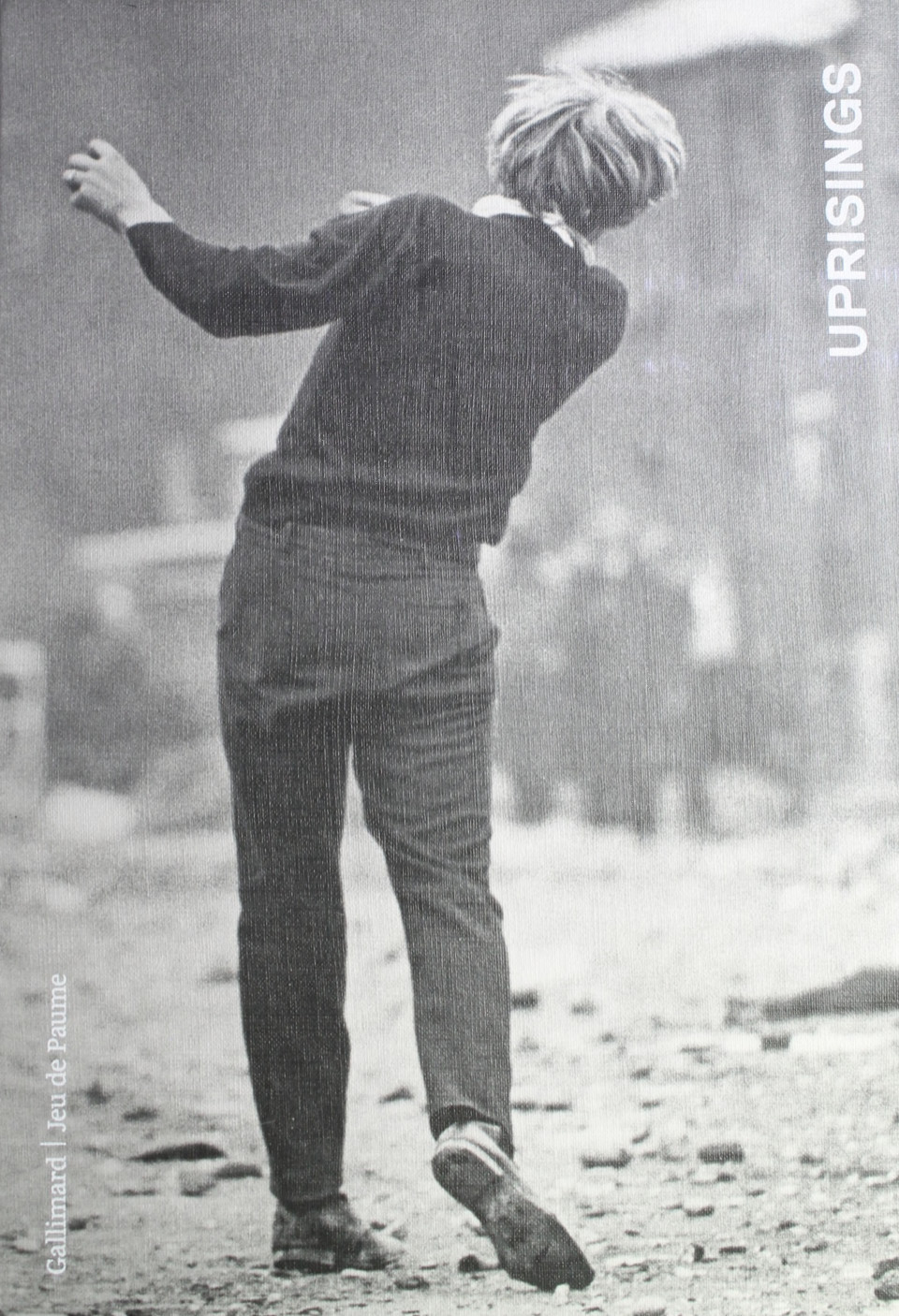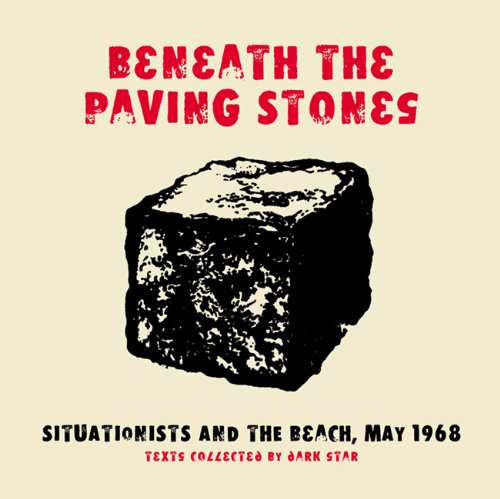Georges Didi-Huberman (ed.): Uprisings (2016)
Filed under book | Tags: · art, art history, protest, revolution, social movements

“While the notion of revolution, rebellion, and revolt isn’t alien in contemporary society’s vocabulary, the object of its action is replete with collective amnesia and inertia. That is why analyzing the representations of “uprisings”—from the etchings Goya, to contemporary installations, paintings, photographs, documents, videos, and films—demonstrates an unequivocal relevance to the social context in which we are living in 2016.
Constructing a chronological narrative or an exhaustive review of “uprisings” is not the aim. Thousands of representations of the gesture to say “NO,” to shout “STOP,” or to raise the banner “THEY SHALL NOT PASS” exist. They are known by women, men, and children, by workers, artists, and poets, by those who cry out and those who are silent, by those who weep, who mourn and those who make them. Uprisings is a montage of these words, gestures, and actions, which defy submission to absolute power.” (from the Foreword)
Published on the occasion of the exhibition Uprisings (Soulèvements) presented at the Jeu de Paume, Paris, from 18 October 2016 to 15 January 2017.
Foreword by Marta Gili
Introduction by Georges Didi-Huberman
Texts by Nicole Brenez, Judith Butler, Marie-José Mondzain, Antonio Negri, Jacques Rancière
Publisher Jeu de Paume, Paris, and Gallimard, Paris, 2016
ISBN 2072697298, 9782072697296
420 pages
Exhibition reviews: Joseph Nechvatal (Hyperallergic), Vivian Sky Rehberg (Frieze), Emily Nathan (Artnet).
PDF (removed on 2017-6-9 upon request from distributor)
Comments (3)Art Workers: Material Conditions and Labour Struggles in Contemporary Art Practice (2015)
Filed under book | Tags: · activism, art, contemporary art, economics, labour, precarity, resistance, social movements

“The Art Workers book presents case studies from the local art contexts of Estonia, Finland and Sweden, collects artist-testimonies, discusses activist practices and maps out contemporary and historical forms of organising within the international art field.
The Art Workers identity typography is a grotesk, a typeface originating from industrialism, combined with the digitally manipulated DIY aesthetics of our time. The typography reflects the urgency of handmade signage made for protesting, and nods towards the working class movement in the beginning of industralisation.”
With contributions by Corina L. Apostol, Michael Baers, Fokus Grupa, Minna Heikinaho, Vladan Jeremić, Elina Juopperi, Jussi Kivi, Barbora Kleinhamplová, Jussi Koitela, Raakel Kuukka, Marge Monko, Zoran Popović, Precarious Workers Brigade, Taaniel Raudsepp & Sigrid Viir, Krisdy Shindler, Tereza Stejskalová, Lotta Tenhunen.
Edited by Minna Henriksson, Erik Krikortz and Airi Triisberg
Publisher Konst-ig, Stockholm, 2015
Creative Commons BY-NC-SA license
ISBN 9789163779466
232 pages
Beneath the Paving Stones: Situationists and the Beach, May 1968 (2001)
Filed under book | Tags: · 1968, everyday, life, protest, situationists, social movements, spectacle

“This anthology comprises 3 pamphlets—The Poverty of Student Life; Totality for Kids; and The Decline and Fall of the Spectacular Commodity Economy plus eyewitness accounts of the Paris May ’68 events. Much of the Situationist creed was produced in pamphlet form and these three were crucial in creating the Situationist legend. They provide both an introduction to the ideas of the Situs and a provocatively seductive invitation to a life of freedom & revolt which prefigues many of the themes of today’s mass protestors. Illustrated throughout with photos of the May ’68 events and the graffiti that played such a famous role. The 7″ x 7″ size replicates size of the Parisian cobblestones used by the protestors.”
Collected by Dark Star
Publisher AK Press, Edinburgh and San Francisco / Dark Star, 2001
ISBN 1902593383, 9781902593388
120 pages
Review: Charlie Bertsch (Bad Subjects 2001).
PDF (6 MB)
Comment (0)
